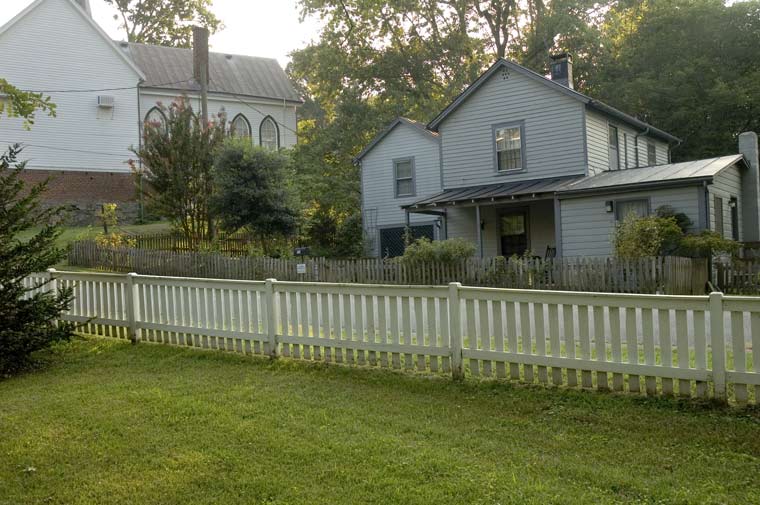down to the river

Woolies, 1909
At their June 2nd meeting, Charlottesville City Council will vote on a resolution to consider restoring the Timberlake-Branham Farm's "protected property" designation.
A move in that direction would be a win-win land use decision. The continued recognition of this special Woolen Mills place will positively affect the property owner, the Woolen Mills Village, and the larger Central Virginia community for generations to come.
For details of how to help, please read this flyer.
Walk with the Woolies!

"the fightin' sheep"
Labels: Timberlake-Branham, WMRd people

















